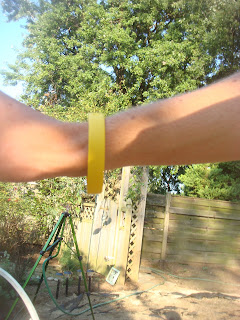 1. Exoskeleton: A hard outer structure, such as the shell of an insect or crustacean, that provides protection or support for an organism.
1. Exoskeleton: A hard outer structure, such as the shell of an insect or crustacean, that provides protection or support for an organism. 2. Epithelial Tissue: membranous tissue covering internal organs and other internal surfaces of the body.
2. Epithelial Tissue: membranous tissue covering internal organs and other internal surfaces of the body. 3. Endotherm: An organism that generates heat to maintain its body temperature, typically above the temperature of its surroundings; a warm-blooded animal.
3. Endotherm: An organism that generates heat to maintain its body temperature, typically above the temperature of its surroundings; a warm-blooded animal. 4. Deciduous Leaf: Leaves that have fallen off or have been shed from a tree at a particular season or state of growth.
4. Deciduous Leaf: Leaves that have fallen off or have been shed from a tree at a particular season or state of growth. 5. Cuticle Layer of a Plant: a very thin hyaline film covering the surface of plants, derived from the outer surfaces of the epidermal cells.
5. Cuticle Layer of a Plant: a very thin hyaline film covering the surface of plants, derived from the outer surfaces of the epidermal cells. 6. Conifer Leaf: any of various mostly needle-leaved or scale-leaved, chiefly evergreen, cone-bearing gymnospermous trees or shrubs such as pines, spruces, and firs.
6. Conifer Leaf: any of various mostly needle-leaved or scale-leaved, chiefly evergreen, cone-bearing gymnospermous trees or shrubs such as pines, spruces, and firs. 7. Autotroph: any organism capable of self-nourishment by using inorganic materials as a source of nutrients and using photosynthesis or chemosynthesis as a source of energy, as most plants and certain bacteria and protists.
7. Autotroph: any organism capable of self-nourishment by using inorganic materials as a source of nutrients and using photosynthesis or chemosynthesis as a source of energy, as most plants and certain bacteria and protists.  8. Animal that has a segmented body: The body of a spider is segmented in that the Prosoma (a.k.a. the Cephalothorax) and the Opisthosoma (a.k.a the Abdomen) are considered different sections or "segments" of it's body.
8. Animal that has a segmented body: The body of a spider is segmented in that the Prosoma (a.k.a. the Cephalothorax) and the Opisthosoma (a.k.a the Abdomen) are considered different sections or "segments" of it's body.
10. Adaptation of a plant: this plant grows upwards to gain energy from the sunlight.

No comments:
Post a Comment